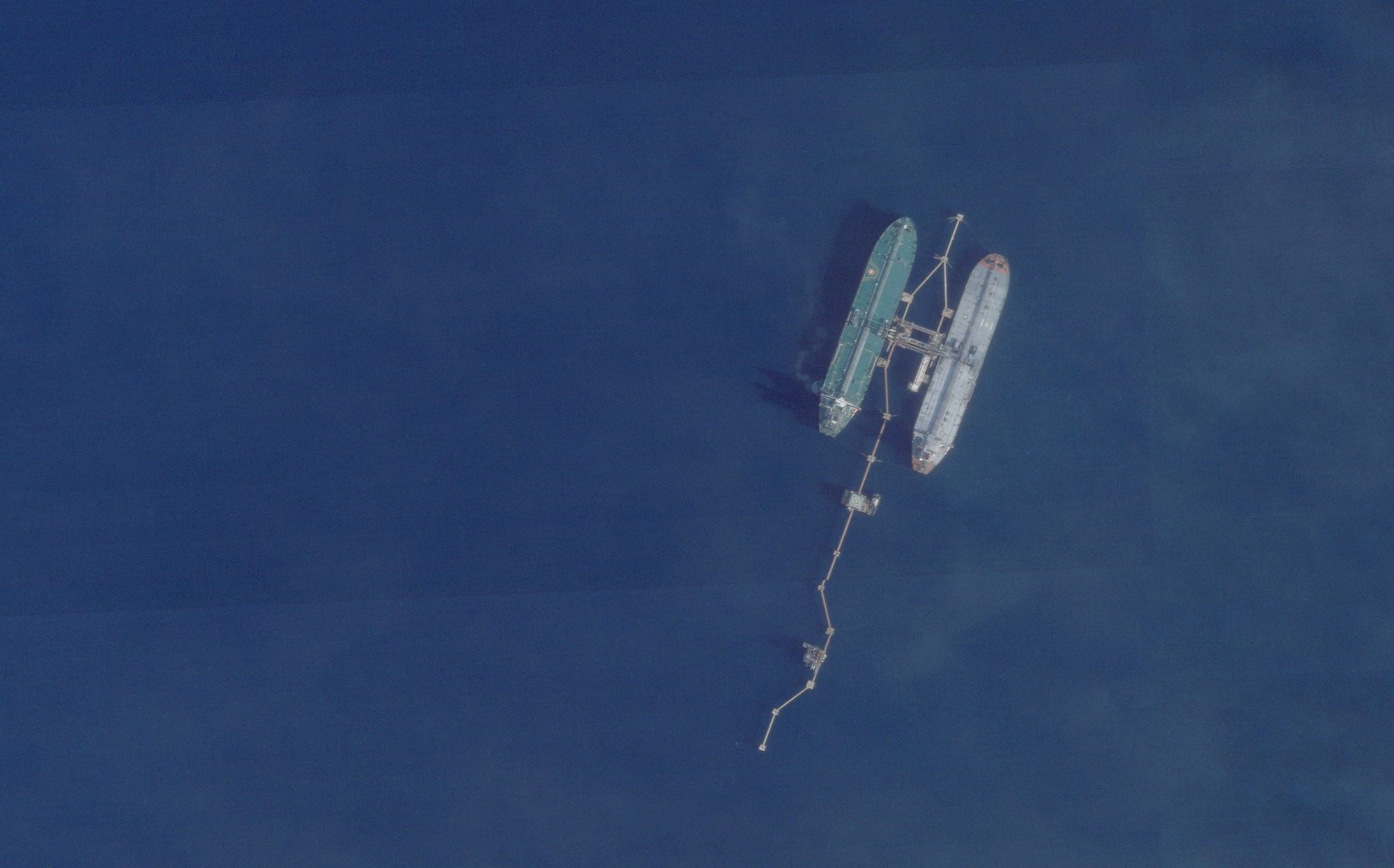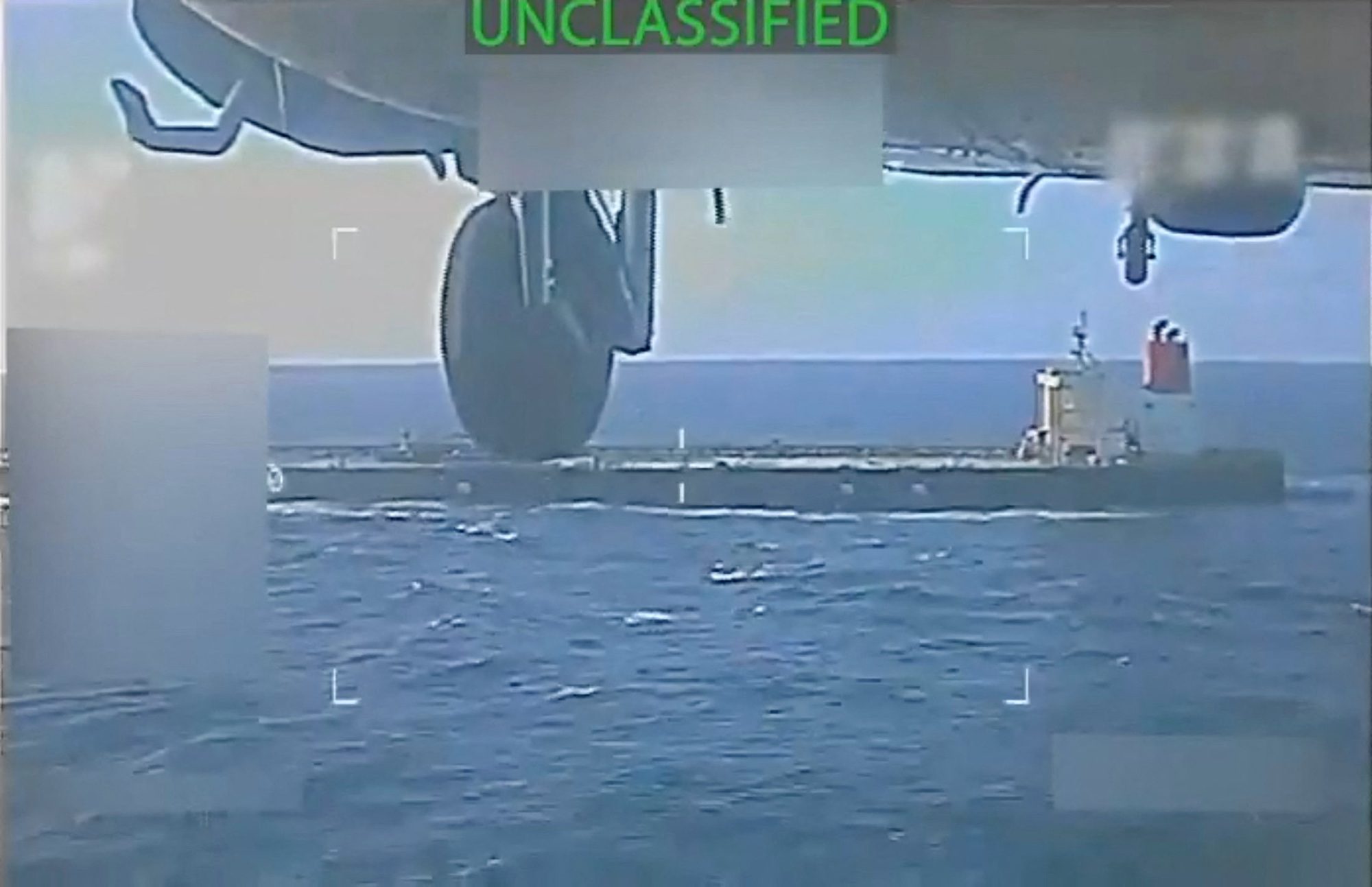MAN Energy Solutions has commenced testing of the world’s first full-scale, two-stroke marine engine running on ammonia at its Research Centre Copenhagen (RCC).
The advancement marks a crucial step in the company’s ME-LGIA (Liquid Gas Injection Ammonia) engine development program.
After successfully conducting over 12 months of single-cylinder ammonia testing, the company has progressed to comprehensive full-scale engine trials.
Ole Pyndt Hansen, Head of Two-Stroke R&D at MAN Energy Solutions, confirmed that the next phase will focus on critical parameters including combustion, emissions, engine-tuning, and control-system verification. We have been busy with the conversion process over the past few months, including ensuring that all safety provisions work according to our requirements. We are now ready for the next phase that will focus on, among other parameters, combustion and emissions, engine-tuning, atomizer testing and control-system verification. This is provisionally set to continue until mid-2025,” said Hansen.
The initiative comes at a crucial time for the shipping industry, which currently accounts for approximately 3% of global carbon dioxide emissions while handling 90% of world trade.
“The market is hungry for any news related to our ME-LGIA development,” stated Bjarne Foldager, Head of Two-Stroke Business.
MAN Energy Solutions’ development roadmap includes plans to deliver their first ammonia-fueled engine by year-end for a Japanese vessel, with its first operational ammonia engine on a commercial vessel by 2026 followed by commercial availability targeted for post-2027.
“Now is the time to develop the technology and we look forward to revealing our progress at the appropriate time,” said Foldager.
The project’s evolution began in 2019 with ammonia combustibility studies, followed by the company implementing safety-focused fuel supply systems in 2021 and the recent construction of ammonia bunkering and service-tank facilities with comprehensive leak containment measures.
The IMO’s 2023 Greenhouse Gas (GHG) Strategy aims for a 40% reduction in carbon intensity by 2030 and net-zero emissions by 2050. To achieve these targets, the industry is turning to alternative fuels, with ammonia emerging as a promising contender for zero-emissions shipping.
However, the transition to ammonia as a marine fuel is not without challenges, with safety, training, and regulatory readiness among the key concerns.

 Join The Club
Join The Club









